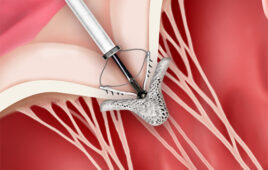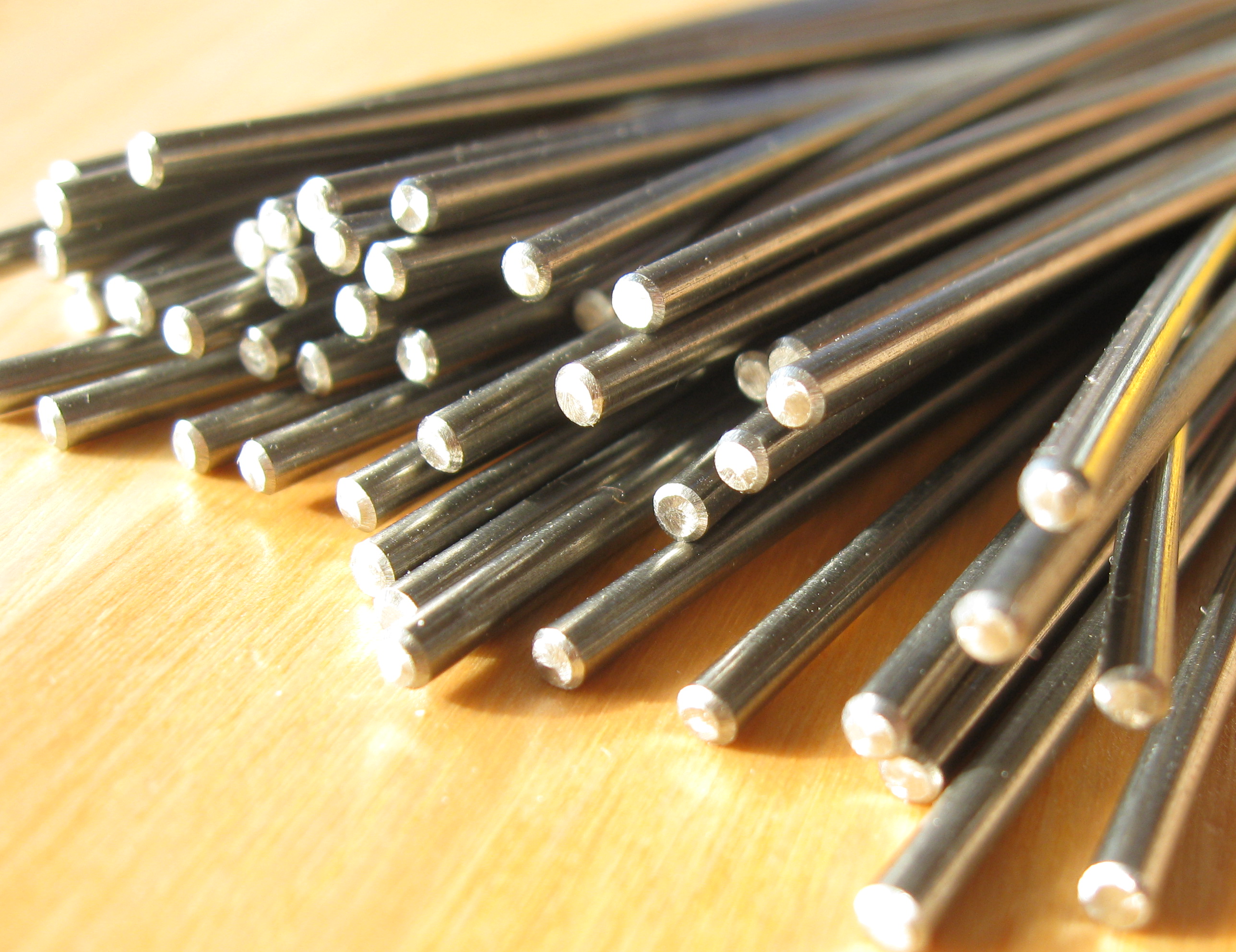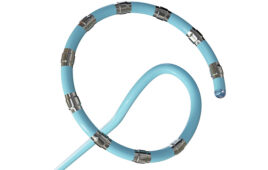To avoid premature device failure, it’s essential to understand the types and causes of failure and assess each material’s strengths and weaknesses.
Anna Maria Bertasa, Solvay

(Image courtesy of Solvay)
Improper material choices can cause medical devices to fail. This problem has become worse with the use of aggressive disinfectants to prevent hospital-acquired infections (HAIs). The COVID-19 pandemic has further exacerbated chemical resistance issues as healthcare facilities increase disinfectant use.
There are three general types of plastic failure:
- Mechanical failure occurs when a product is exposed to external forces that are greater than it is designed to handle.
- Thermal failure results from exposure to extreme temperatures.
- Chemical failure affects the strength, flexibility, appearance and weight of plastic components, causing improper physical changes.
Causes of failure
Medical device recalls due to material failure can often be traced back to the material selection process. Manufacturers must consider a range of factors, including mechanical, thermal, environmental and electrical.
Also, engineers may rely too heavily on material data sheets, whose listed properties are short-term, single-point measurements. There is often no consideration of time, temperature, environment or chemical contact.
Design choices
The right design choices can lessen the likelihood of plastic failure in medical devices. Here are some tips for improving part design:
- Strive for uniform wall thickness. Uneven wall thicknesses can restrict material flow and greatly increase the likelihood of sink marks, warpage, voids and molded-in stress. If wall thickness must be uneven, design smooth transitions that taper over some distance.
- Avoid sharp corners. Sharp edges, such as the corners of a square hole, produce a part with high levels of molded-in stress that compromises toughness and strength. Adding radii to sharp corners redistributes the stress.
- Choose gate location carefully. Gate location can make or break a design, yet many CAD designers leave that detail to the mold designer. Weld lines, sink marks and warpage patterns are determined by gate location. For a part with both thick and thin areas, the gate should be located in the thick areas. Resin flowing through the thick area retains heat long enough to fill the adjoining thin areas.
- Use draft angles. Draft is the angling of otherwise vertical walls to make clean mold release easier. Draft angles greatly reduce friction between the finished, cooled part and the side of the mold.
- Optimize ribs. Ribs can add strength and stiffness while minimizing material consumption. Rib thickness should never exceed the wall thickness. Thick or deep ribs can cause sink marks and filling problems, respectively, which can be resolved by using multiple thinner or shorter ribs.
Role of manufacturing
Even the best designs using appropriate materials can fail if processing guidelines from polymer manufacturers are disregarded. Processing success factors include drying the resin; optimizing mold temperature, fill balance, fill time, and injection and cavity pressure; and testing the molded part under exacting conditions.
Influence of end-use conditions
Medical products can fail because of incomplete understanding of end-use requirements. The actual load may be greater than expected or the disinfection protocol may be incompatible with the material.
This second scenario can lead to environmental stress cracking (ESC), a major cause of failure in healthcare applications, which commonly manifests as thin, spiderweb-like cracks called crazing around areas where stresses are concentrated.
Ever-stronger disinfectants have caused cracking of equipment housings within months of deployment. Subsequent recalls and repairs can be costly and interrupt care delivery.
Only a few specialty polymers for healthcare provide the chemical resistance to withstand these new disinfection procedures. They include polysulfone (PSU), polyphenylsulfone PPSU and high-performance polyamide (HPPA), which are replacing lower-performing polycarbonate (PC), acrylonitrile butadiene styrene (ABS) and polybutylene terephthalate (PBT).
Evaluating ESC resistance
Evaluating a plastic for ESC resistance begins with an understanding of how the part will be used, including exposure to different disinfectants throughout the day to clean the same surface area, or to an excessive concentration of disinfectant because mixing directions were not followed.
Stress can be caused by an external load applied during use or by residual internal stress in the molded part due to processing or part geometry. Evaluation of the finished device should include how stress and reagent interaction could lead to cracking. ASTM D543 is a standardized method for testing the resistance of plastics to chemical reagents.
Reduce medical plastic failure
Working with an experienced material solutions company will help you to better understand exactly how the right material selection can help you design tougher, longer-lasting medical components. Ultimately, careful selection of the right medical plastics for the job is key.
Anna Maria Bertasa is global healthcare marketing manager at Solvay’s Specialty Polymers since 2016. She holds a B.S. degree in Chemistry and an M.S. degree in Material Science.
The opinions expressed in this blog post are the author’s only and do not necessarily reflect those of Medical Design and Outsourcing or its employees.




